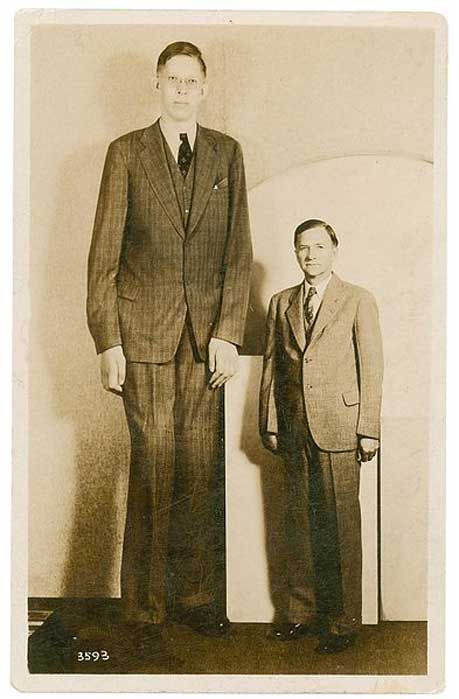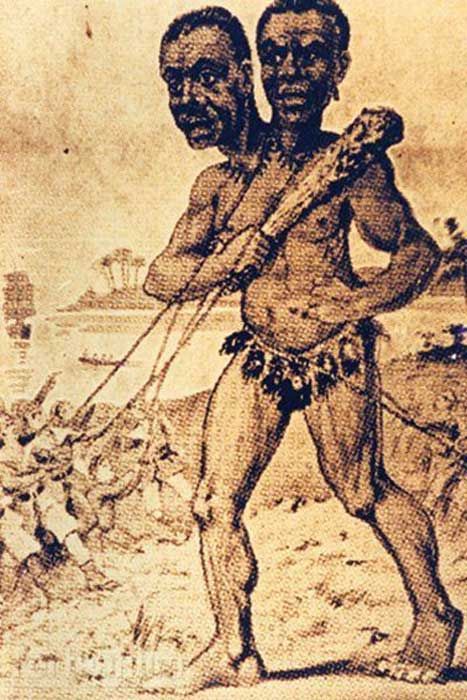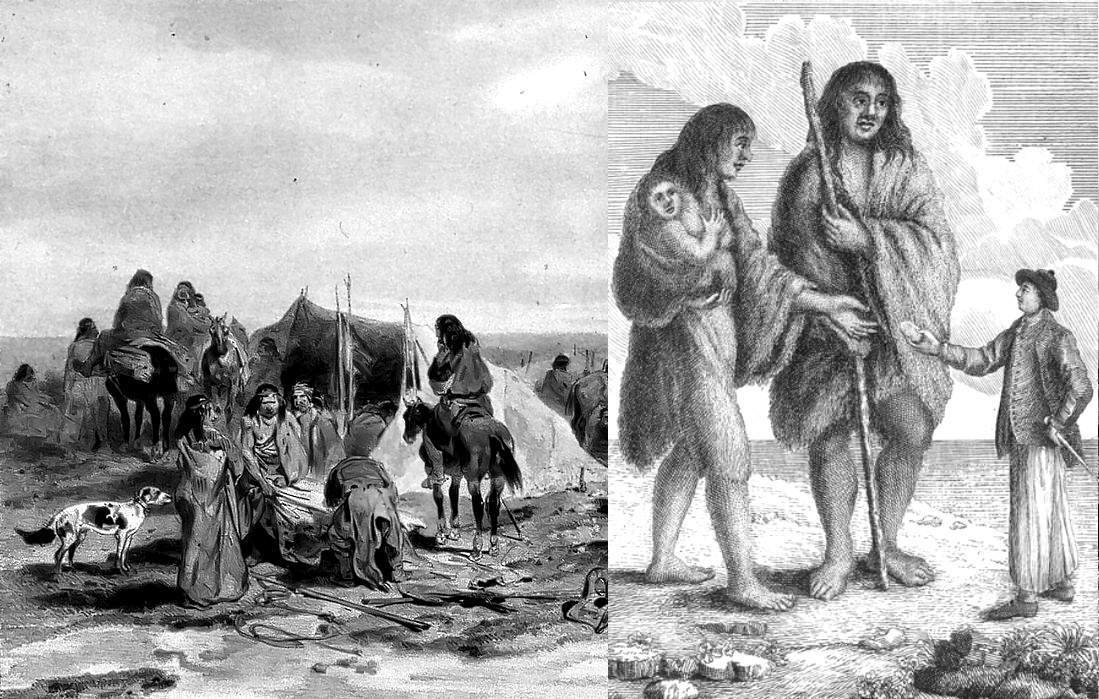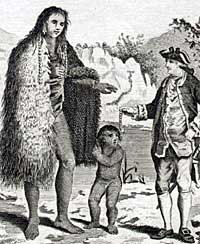Kap Dwa, a mysterious two-headed creature, was purportedly discovered by Spanish sailors along the Argentinean coast in the 17th century. Legend has it that Kap Dwa stood as a towering Patagonian giant, measuring a staggering 12 feet or 3.66 meters in height, and once roamed the jungles of Argentina, South America. According to tales, its mummified remains were transported to England during the 19th century and subsequently showcased in various sideshows and circuses. However, contemporary scrutiny has cast doubt on the authenticity of these claims, with many modern studies suggesting that the Kap Dwa phenomenon may have been nothing more than a fabricated spectacle engineered through taxidermy and propaganda.

The Legendary Historical Tale of Kap Dwa
The term “Kap Dwa” directly translates to “Two Heads” in the language of the Malay people. It’s worth noting that the Malay ethnic group originates from regions such as Malaysia, Indonesia, Thailand, and Singapore, distinctly separate from the South American location where the cryptid is believed to have been discovered. The disparity between the creature’s name and the cultural background of the purported discovery site raises questions about its authenticity and suggests a possible hoax. There are earlier records of this creature that existed between the 17th and 19th centuries.

The legend of Kap Dwa dates back to 1673 when Spanish sailors purportedly discovered a giant creature standing over 12 feet tall with two heads and confined it on their ship. Despite being bound to the mainmast, Kap Dwa managed to break free during a battle and inflicted severe injuries upon himself. Before succumbing, he allegedly claimed the lives of four Spanish soldiers. Kap Dwa’s fate remains unclear, but it is believed that his naturally mummified remains were showcased in various exhibitions and sideshows.

In 1900, the mummy entered the Edwardian Horror Circuit and eventually ended up at Weston’s Birnbeck Pier in 1914. After being displayed in North Somerset, England, for 45 years, Kap Dwa was purchased by “Lord” Thomas Howard in 1959 and later found his way to Baltimore, MD. Today, his mummified remains are still housed at Bob’s Side Show at The Antique Man Ltd, owned by Robert Gerber and his wife. Despite being widely regarded as a hoax, the true origins of Kap Dwa remain a mystery.
The Patagones

The Patagones or Patagonian giants, rumored to be humanoid giants, were described by early European travelers to South America as inhabitants of the lower regions of Argentina and Chile.
The earliest account of these individuals originates from Ferdinand Magellan, a Portuguese sailor. During his exploration of the South American coast en route to the Maluku Islands in the 1520s, Magellan claimed to have encountered them. Antonio Pigafetta, a survivor of Magellan’s expedition, documented the encounter, stating:
“One day we suddenly saw a naked man of giant stature on the shore of the port, dancing, singing, and throwing dust on his head. The captain-general [i.e., Magellan] sent one of our men to the giant so that he might perform the same actions as a sign of peace. Having done that, the man led the giant to an islet where the captain-general was waiting. When the giant was in the captain-general’s and our presence he marveled greatly and made signs with one finger raised upward, believing that we had come from the sky. He was so tall that we reached only to his waist, and he was well proportioned…”

Nearly a century later, Dutch captain Sebalt de Weert’s exploration of South America and the Falkland Islands in 1600 reportedly yielded similar accounts. He and many crew members claimed to have encountered a race of giants along the coastline. One documented incident described Dutch sailors rowing through the Magellan Strait and encountering an unusual boar carrying aggressive giants with distinctive physical features.
Is the legend of Kap Dwa real?

